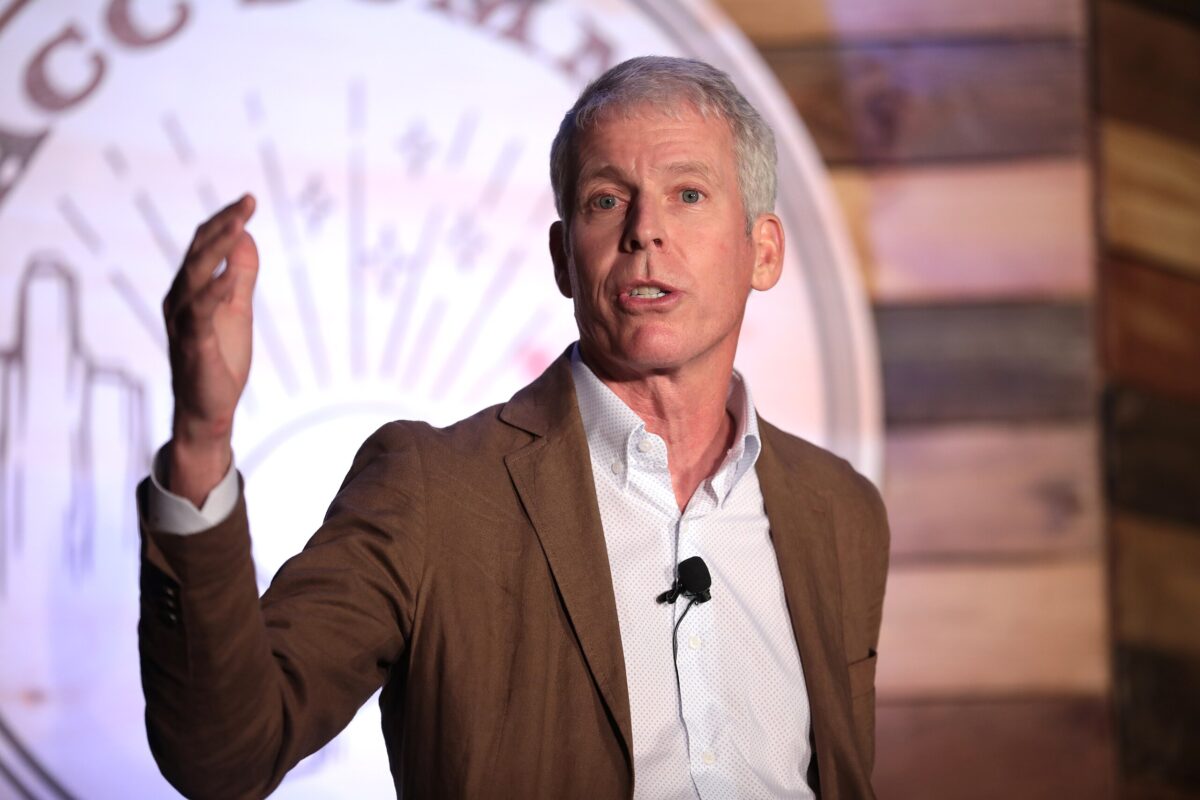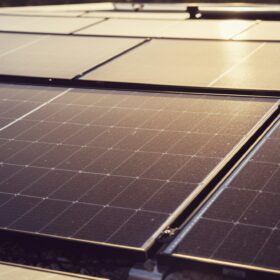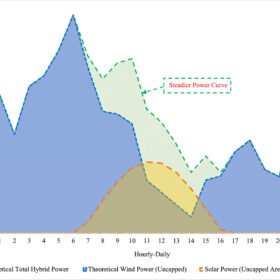The renewable energy landscape of Maine shifted dramatically in 2019, when current Gov. Janet Mills took office and spent her first legislative session signing legislation to undo the state’s net metering replacement policy, gross metering; raise the state’s Renewable Portfolio Standard (RPS) to 50% by 2030; create a block grant program to support the installation of 375 MW of distributed solar by mid-2024; and reduce the state’s emissions 45% from 1990 levels by 2030.
In the time since, Maine has emerged into a robust economy for the development of solar projects, especially small scale installations like community solar, commercial and industrial (C&I), and residential solar. And while the rebate and incentive environment in Maine isn’t as complex as some of its New England neighbors, it’s worth taking a look at the policies and tools that have enabled the state to rebound so quickly.
Bye-bye gross metering
Perhaps the most meaningful change was also the first one that Mills pursued. During the tenure of former Gov. Paul LePage, Maine’s Public Utilities Commission (PUC) adopted solar policy changes that instituted immovable, fixed fees on rooftop customers; capped net metering project size at 660kW, and limited community solar projects to just 10 customers.
The state’s Gross metering policy, which replaced an existing net metering program, required that all electricity generated by rooftop PV systems be metered, whether or not it was consumed on-site. It also set a system whereby the credits for this self-generated electricity was discounted based on the year of installation.
The Mills administration, the state legislature, and the PUC have since reversed these steps, instituting the Net Energy Billing (NEB) program, raising the community solar cap to 5MW (the practical standard), and eliminating the 10-meter cap for community solar projects.
Maine’s NEB program allows customers to offset their electricity bills by selling their excess generation back to the grid, same as most other net metering programs. Where the program differs is that its actually two programs: one available to all electric utility customers, and the other available to non-residential customers.
The NEB kWh Credit Program provides kWh credits on electricity bills for participating customers who have their own project installed on their property, or participate in a nearby community solar project. The NEB Tariff Rate Program provides dollar credits on participating C&I customers’ electricity bills at a rate determined annually by the PUC.
Alongside NEB, the state’s solar customers also have access to the Federal Investment Tax Credit, which can reduce the cost of a PV system purchased outright or leased by 26%. The NEB program has becoming critical in establishing a healthy and growing community solar market in Maine.
What’s to come
Distributed generation (DG) as a whole has become a focus in expanding Maine’s renewable energy capabilities, and was one of the targets of Mills’ initial legislative push. The Act To Promote Solar Energy Projects and Distributed Generation Resources in Maine, passed in 2019, calls for the procurement of a total of 375MW of distributed generation resources by July 2024, through five separate procurement blocks. For projects awarded under the procurement, Maine’s electric utilities agree to enter into 20-year contracts with projects awarded under the procurement, at the contract rate established for that particular block.
Like the NEB program, this program is also split up between shared DG projects and C&I projects. Shared DG projects will total 250MW across the five procurement blocks and individuals who participate will receive dollar credits on their electricity bills through participation in community shared solar projects. Logistically, DG projects have specific subscription requirements for municipal, low-and-moderate income and small subscriber offtake, and there is no cap on the number of subscribers that can enroll in a given project. The C&I portion of the program is limited to one C&I entity per project.
In June 2021, Gov Mills signed LD 528, a bill which sets out a plan for 300MW of new energy storage capacity by the end of 2025 and 400 MW through 2030. After that, the Governor’s Energy Office will reevaluate every two years for new storage goals.
The PUC also plans to configure new electricity rate designs to encourage energy storage growth by the end of 2022. Such structures will include time-of-use rates and incentives to lower peak demand for power.
The bill outlines four actions that will be taken to achieve this goal:
- The expansion of energy storage pilot projects, implementing cost effective projects as statewide programs.
- The creation of bring-your-own-device programs in which customer owned and customer sited storage can be aggregated, and performance incentives are provided for reducing peak loads.
- The deployment of rebate or funding programs for energy storage paired with renewable energy for residential, commercial, and industrial electricity customers.
- Leading customer education series on demand management and storage, particularly targeting low-income and rural populations in the state.
This content is protected by copyright and may not be reused. If you want to cooperate with us and would like to reuse some of our content, please contact: editors@pv-magazine.com.









Editor: Somehow the formatting was lost in the comment I just posted. Can you please be sure the paragraph breaks appear. I have added a tag where there should be a paragraph break. Thanks.
Although this article is accurate, I don’t think it fully conveyed the negative effects of Governor LePage’s “Gross Metering” policy, and why so little solar had been installed in Maine. Under that policy you had to sell ALL the power your solar system generated to the utility at a discounted rate, then buy your own power back at about twice that rate. For example, once the policy was fully phased-in, if your solar system generated, say, 10,000 KWh annually and you used exactly 10,000 KWh annually, you would have to sell the 10,000 KWh you generated to the utility for $645, then buy your own power back from the utility for $1407 (using 2021 rates). Although you consumed no net power annually, you would pay the utility $762 (plus the monthly connect charge). That made it almost impossible to reduce your bill by more than about 50%, and resulted in paybacks of 20 years or more for most solar systems.
I liken this to growing your own tomatoes because you like tomatoes, but being forced to sell ALL of them to Hannaford’s for $1 a pound. Then if you want to eat the tomatoes you grew, you buy them back from Hannaford’s for $2 a pound. (I don’t mean to pick on Hannaford’s.) I think most people would consider that outrageous, and it’s why I decided against installing solar when I moved to Maine. That policy was replaced with a net metering policy under the current Mills administration, and I just installed a solar system on my house.
One small difference in the current net metering policy for private rooftop systems compared to some other states is that if you produce more energy annually than you consume, you don’t get paid for the excess. The utility gets to keep any excess for free. If you generate more energy in a month than you use that month, you get a KWh credit on your bill. You have 12 months to use that credit. If you don’t use it in 12 months, you lose it.